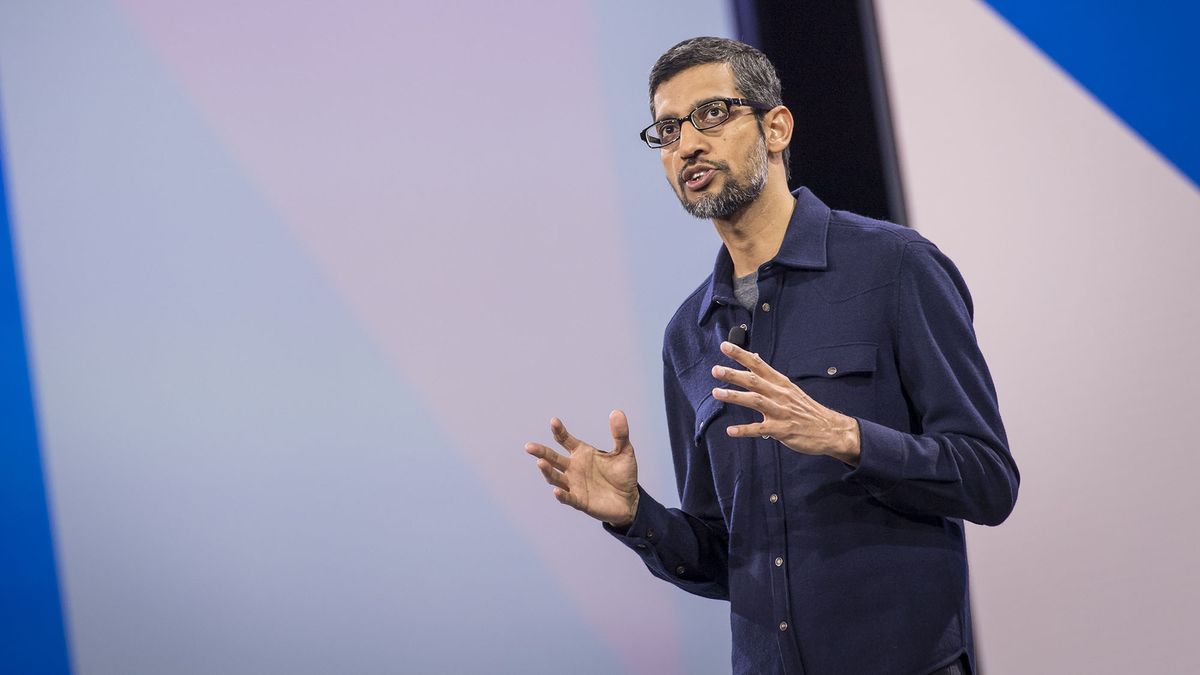Cherie Shields, an English teacher at an Oregon high school, told me that she recently commissioned students in one of her classes to use ChatGPT to create drafts for their essays, which feature two short stories from 19th-century Health: “The Story of an Hour by Kate Chopin and The Yellow Wallpaper by Charlotte Perkins Gilman. Once the outlines were created, her students put away their laptops and handwritten their essays.
The process, she said, not only deepened the students’ understanding of the stories. It had also taught them how to interact with AI models and how to elicit a helpful response from them.
“They have to understand, ‘I need this to do an overview of X, Y and Z,’ and they have to think about it very carefully,” Ms. Shields said. “And if they don’t get the result they want, they can always revise it.”
Creating outlines is just one of the many ways ChatGPT could be used in the classroom. It could write personalized lesson plans for each student (“explain Newton’s laws of motion to a visuo-spatial learner”) and come up with ideas for classroom activities (“write a script for a “Friends” episode that takes place at the Constitutional Convention”). It could serve as a tutor (‘explain the Doppler effect in language an eighth grader can understand’) or as a conversationalist (‘convince me that animal testing should be banned’). It could be used as a starting point for classroom practice or as a tool for English learners to improve their basic writing skills. (The educational blog Ditch That Textbook has one long list of possible teaching applications for ChatGPT.)
Even ChatGPT’s shortcomings — like the fact that its answers to factual questions are often wrong — can become fodder for a critical-thinking exercise. Several teachers told me that they instructed students to take ChatGPT down or rate its answers as a teacher would rate a student’s.
ChatGPT can also help teachers save time preparing for classes. Jon Gold, an 8th grade history teacher at the Moses Brown School, a 1st through 12th grade Quaker school in Providence, RI, said he experimented with ChatGPT to create quizzes. For example, he fed the bot an article about Ukraine and asked it to generate 10 multiple-choice questions to test students’ understanding of the article. (Of those 10 questions, he said, six are useful.)
Ultimately, Mr. Gold said, ChatGPT is not a threat to student learning as long as teachers pair it with substantive discussion in class.





